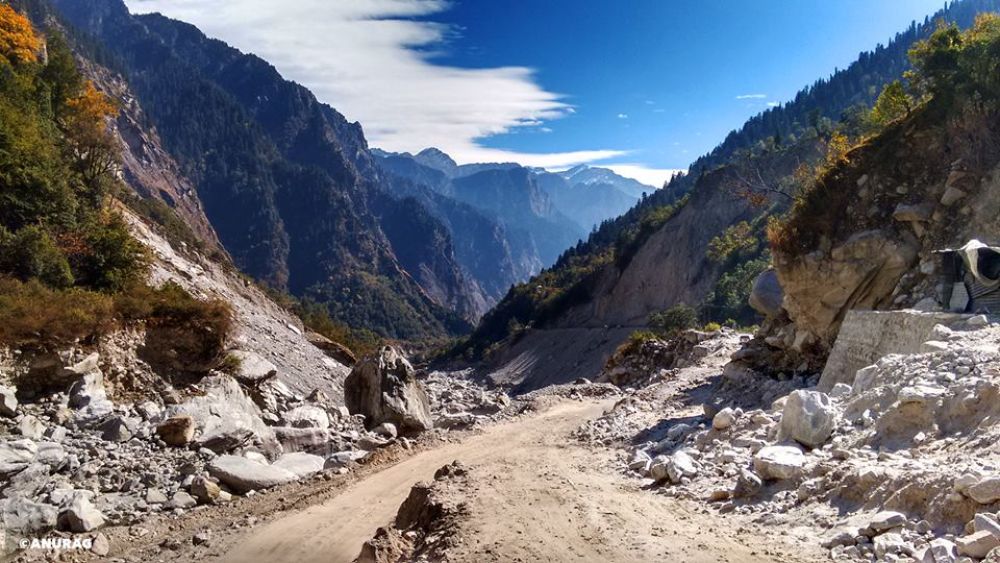

The Nelong Valley, located in the Uttarkashi district of the northern Indian state of Uttarakhand, has recently emerged as a stirring destination for those seeking adventure and serenity in the less trodden landscapes of the Himalayas. With its dramatic terrain reminiscent of the Tibetan highlands, Nelong Valley offers a unique blend of natural beauty, cultural richness, and historical significance.
Tourism in Nelong Valley has a relatively short history due to the strict restrictions imposed by the Indian government, owing to its proximity to the Indo-Tibetan border. It was once an ancient trade route between Tibet and the Garhwal region of Uttarakhand until the 1962 Indo-China conflict, after which it was closed off for security reasons. It was only in 2015 that the valley was reopened for a limited number of tourists, thus putting it back on the map as a high-potential destination for those interested in high-altitude ecosystems, vivid wildlife, and a peep into the lives of the Bhotiya community—local settlers with Tibetan ancestry.
The remoteness and unspoiled landscape of Nelong Valley make it an ideal spot for adventure tourism. Expeditions in the Nelong Valley provide a chance to witness the unique vegetation and a chance to encounter rare wildlife species such as the snow leopard, blue sheep, and Himalayan monal. Treks in the region require special permits, as the area is under the jurisdiction of the Gangotri National Park and the forest department. An advance application is typically needed for visitors, along with adherence to the rules and norms laid out for ecological conservation.
Focusing on eco-tourism and sustainable practices, recent trends in the tourism industry within the region emphasize minimizing the environmental footprint. This involves organizing small group expeditions, promoting local homestays, and ensuring that the natural habitat is not disturbed. With increasing global awareness of the need for sustainability, Nelong Valley is embracing a model of tourism that prioritizes the environment and the well-being of local communities.
Due to its strategic location and delicate ecosystem, access to Nelong Valley continues to be regulated. However, this has aided in preserving its pristine nature, making it a sought-after destination for eco-tourists and nature enthusiasts. The valley remains covered in snow for most of the year, with the best time to visit being from May to June and September to October. During these months, the weather is relatively mild, and the natural beauty of the valley is at its peak.
Culturally, Nelong Valley is an area steeped in the traditions of its Bhotiya inhabitants. Visitors can get a glimpse of their unique way of life, traditional homes, and centuries-old customs that have been preserved over time. Religious and cultural festivals of the Bhotiya community offer a vibrant dimension to the tourism experience in the Nelong Valley.
As increasingly more enthusiasts seek out destinations off the beaten path, Nelong Valley stands out as a distinctive and enriching experience for visitors—both for its inherent natural beauty and the cultural insights it provides into the Himalayan way of life.